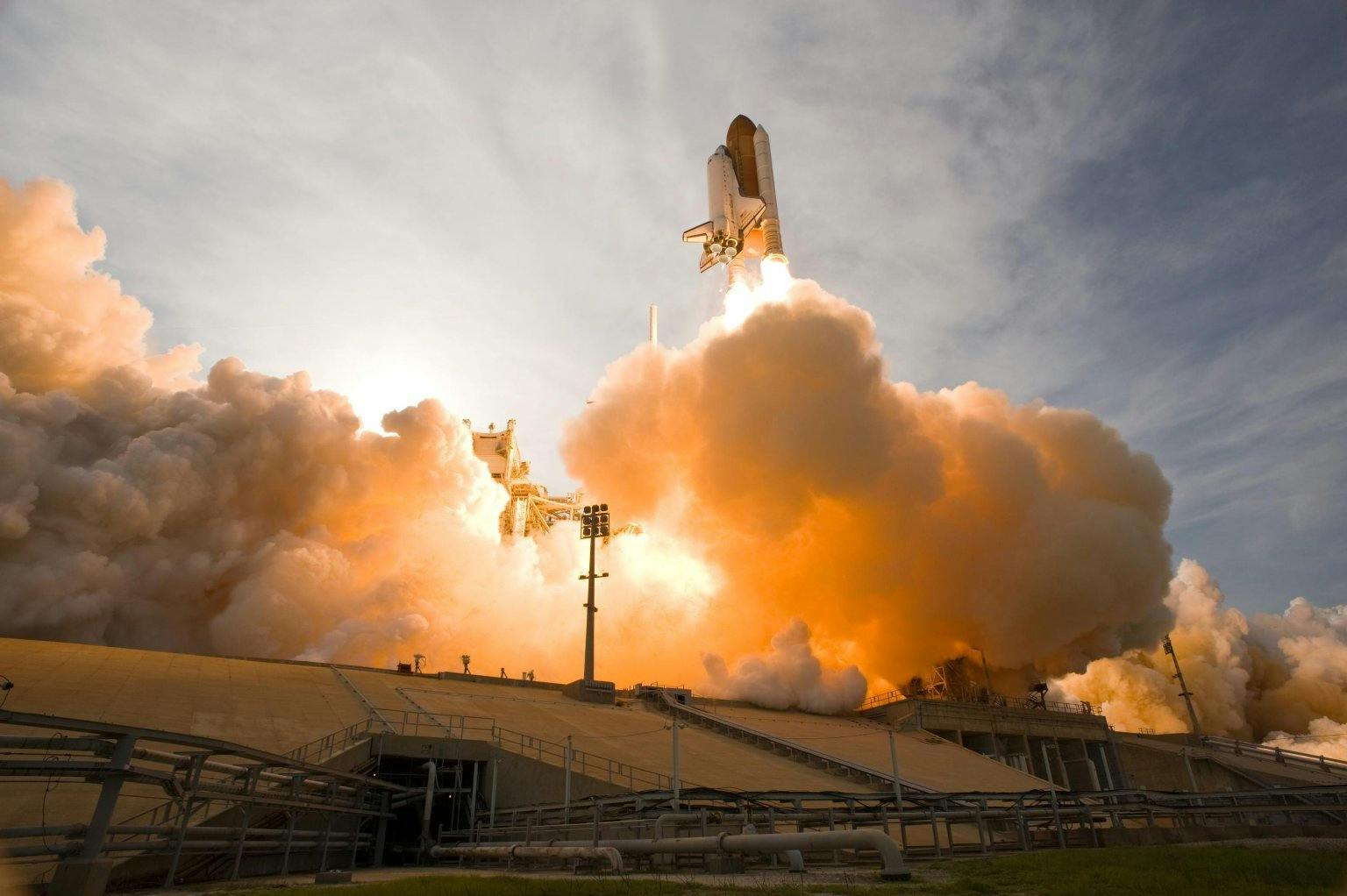
Julio Javier |
 *Fuente: Pexels*
*Fuente: Pexels* Artificial Intelligence, a field that once belonged to the realm of science fiction, has a rich and complex history spanning several decades. From its philosophical origins to the groundbreaking advancements of modern machine learning, the journey of AI is a testament to human ingenuity and the relentless pursuit of understanding intelligence itself.
The seeds of AI were sown in the mid-20th century with the advent of electronic computers. Visionaries like Alan Turing explored the theoretical foundations of computation and intelligence, famously proposing the Turing Test. The Dartmouth Conference in 1956 is widely considered the birth of AI as a distinct academic discipline, where the term “Artificial Intelligence” was coined. Early AI research focused on symbolic reasoning and problem-solving, aiming to create machines that could mimic human thought processes.
Despite initial optimism, AI research faced significant challenges, leading to periods known as “AI winters.” Funding dried up as early promises proved difficult to fulfill. Limitations in computational power, data availability, and algorithmic understanding hindered progress. However, these periods were crucial for introspection and laying the groundwork for future breakthroughs, with researchers refining theories and developing new approaches.
The 1990s saw a resurgence of AI, driven by increased computational power and the emergence of machine learning. Algorithms like support vector machines and decision trees gained prominence. The rise of the internet provided vast amounts of data, which was essential for training these data-driven models. This era also saw AI achieve notable successes, such as IBM’s Deep Blue defeating chess grandmaster Garry Kasparov.
The 2010s marked the beginning of the deep learning revolution, fueled by advancements in neural networks, powerful GPUs, and massive datasets. Deep learning models achieved unprecedented performance in areas like image recognition, natural language processing, and speech recognition. This period saw AI move from academic labs into mainstream applications, powering everything from voice assistants to recommendation systems.
Today, AI continues to evolve at an astonishing pace, with new frontiers in areas like generative AI, reinforcement learning, and explainable AI. The history of AI is a cyclical journey of optimism, challenges, and breakthroughs, constantly pushing the boundaries of what machines can achieve and reshaping our understanding of intelligence.
 *Fuente: Pexels*
*Fuente: Pexels*
References: